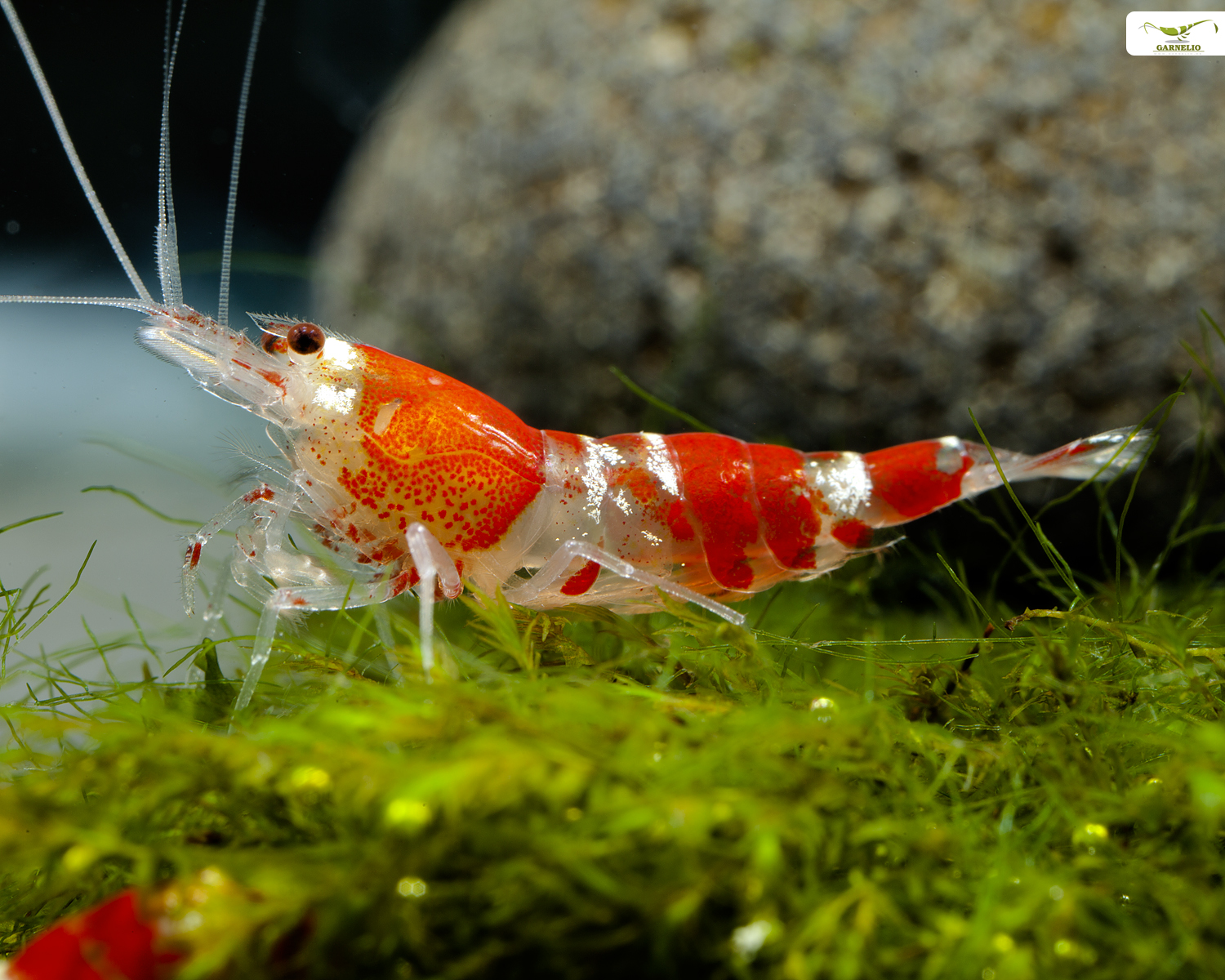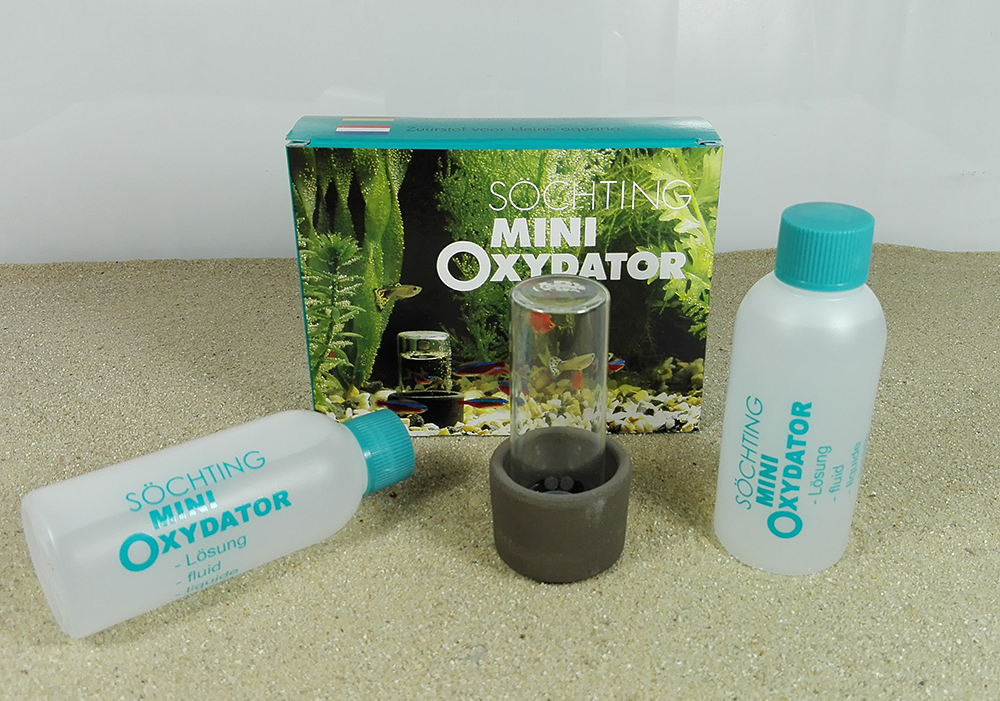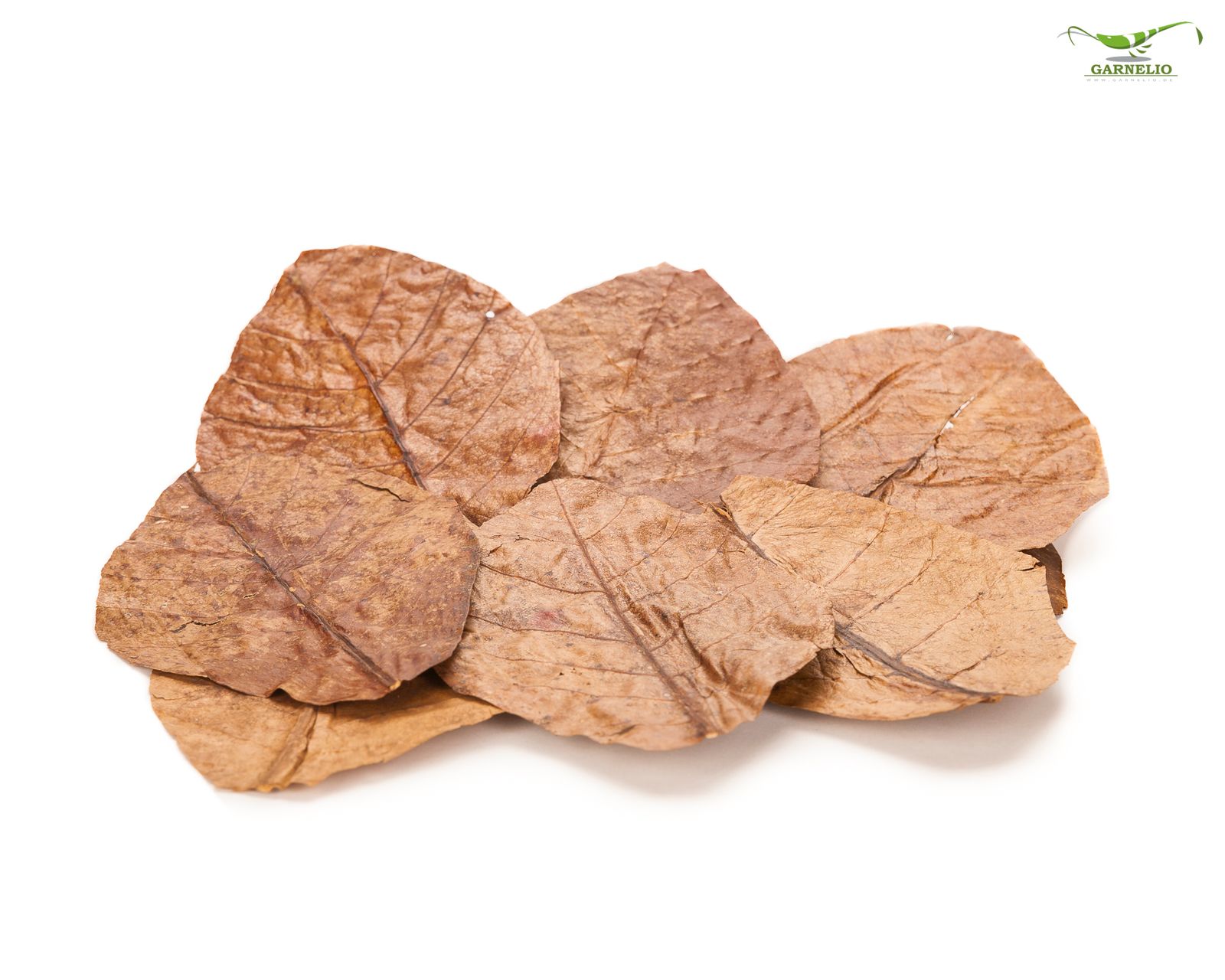Bacterial incompatibility (BU) in shrimps
Bacterial incompatibility, abbreviated to BU for simplicity, is often referred to when cross-contamination is actually meant. In shrimp aquariums this is manifested by unexplained shrimp death, especially after new animals from other origins have been added. Bacterial incompatibility is the inability of an organism to fight off unknown pathogens or germs, because it lacks the necessary antibodies. Sometimes this can be fatal, even if the pathogens were theoretically relatively simple.
Shrimp and the BU
If we take into account the fact that shrimp have an innate (rudimentary) immune system that cannot learn later, unlike vertebrates such as fish or even us humans, a BU cannot actually occur in shrimp. An immune system is usually capable of learning, as we are currently experiencing in the Corona crisis, because a vaccination prepares it for a potential infection with the virus, which our immune system can then fight off in an instant.

Nevertheless, sudden shrimp deaths after combining animals from different sources is still a puzzling observation. Even though shrimp with their peculiar immune system cannot react to different pathogens, bacteria are still the main culprits, especially if they appear in too large numbers. However, if the load is quite low, the animals can fight them off without any problems. If harmless pathogens come together in a high density, however, this can become a problem and the shrimp can fall ill. This is why the term "cross-contamination" is used, because it can affect both the old and the new animals if they have to fight each other with the bacteria of the other after they have been introduced. If their organism is overloaded in the process, they may become ill and ultimately die.

What triggers BU?
Shrimp that are exposed to increased transport stress are particularly susceptible to becoming ill. This can be determined by unfavorable transport packaging up to changing temperatures and also their origin. Therefore it is advisable not to introduce new animals directly into the running aquarium, but to let them go through a long quarantine period first, preferably in a separate aquarium, to prevent the transfer of germs and bacteria and to allow the animals to recover from their journey.
If the new shrimp are sitting in quarantine, you can swap a small amount of water back and forth between the two aquariums every so often over a 14-day period to allow each strain to slowly acclimate to the bacteria of the other and not overwhelm their organisms. If you do not have the possibility to place the new animals in a separate quarantine tank, it is helpful to perform a large water change of 60-80% in the aquarium into which they are to be introduced beforehand in order to reduce the prevailing load to a minimum. Also in the fish aquarium, a generous water change is useful before introducing new animals.
Sterile aquaristics?
Shrimp keepers often maintain multiple tanks and rather none use a separate net for each. This means that the bacteria present in the system may well migrate from one tank to the other, which is why animals can be transferred from one tank to the other without any problems, because they already know the bacteria, so to speak.
To reduce the germ pressure in the aquarium, a water change is certainly the means of choice. Further aids are however also one Oxydator or a Twinstarthe free oxygen radicals of these can kill off germs. Helpful is also a UV-C water clarifier. But the shrimp food can also strengthen the animals. First and foremost, health takes place in the intestines of the animals, which is why feeds with probiotics or beta glucans are particularly suitable. Especially the latter causes an increased immune response.

First aid in case of suspected BU
If shrimps have already died, they should be removed from the aquarium immediately so that the other animals are not infected when they nibble on the dead animals. Shrimps that are already suspected of being diseased should still be quarantined. A smaller container with an outflow stone that provides oxygen is suitable for this purpose. A facility with substrate or internal filter is not absolutely necessary for this, a few plant stems are sufficient.
Since the germs are likely to be present in both aquariums, both should therefore be treated in the same way. Especially with cinnamon sticks, but also with Fennel green, Sea almond leaves or dried Walnut leaves can be used to support a mild course of the disease, and they also serve as food, because feeding should preferably be stopped during the treatment. Also, a generous water change should be performed every two days to stop new germs. As soon as the shrimp are visually symptom-free, they can be reunited and the water change interval resumed as usual. Purely as a prophylactic measure, it is recommended to continue using sea almond leaves or bark in the aquarium after the treatment.

In the absolute case of the cases also a medicamentous cure with Baytril, an antibiotic, which is prescribed by the veterinary surgeon and should be used exactly after guidance, remains however. However, filter bacteria are also affected, which is why an oxygen supply should be ensured for the duration of the treatment in the form of outflow stones or oxydators. After treatment, the aquarium should be slowly restarted, because useful microorganisms are also largely killed by the treatment, which otherwise contribute to the breakdown of pollutants in the aquarium. Subsequent filtration with activated carbon, zeolite or montmorillonite can help remove drug residues from the water.
Conclusion
Prevention is better than cure, as the physician Christoph Wilhelm Hufeland already knew. For this reason, the shrimp aquarium should be properly maintained and have good water hygiene to prevent problems and diseases. Ultimately, "always something" can happen, that is in the nature of things - but with attention, brains and seaweed leaves can certainly ward off and prevent one or the other evil.
